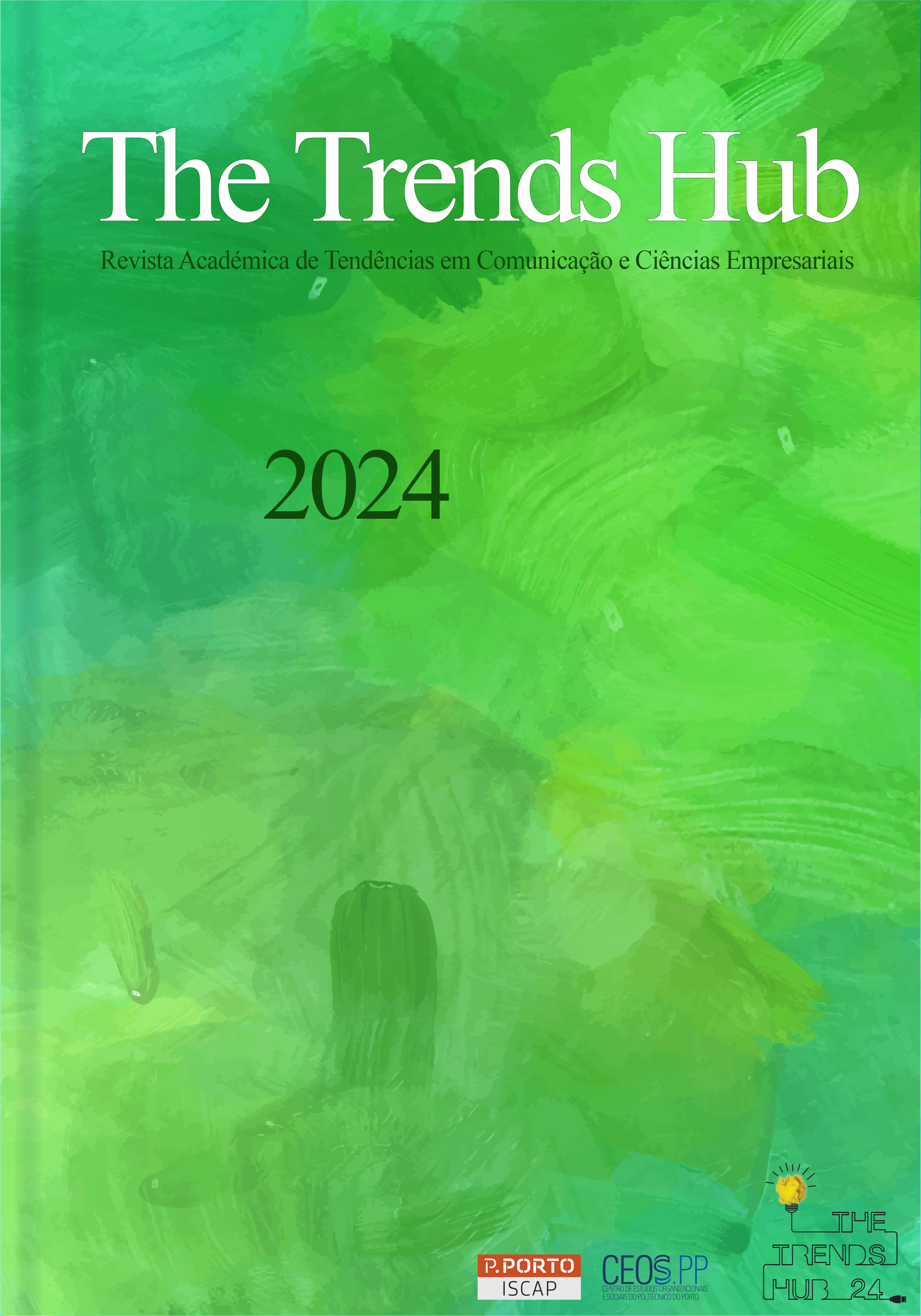The impact of new technologies on the consumer experience
DOI:
https://doi.org/10.34630/tth.vi4.5739Abstract
Take a test drive without leaving home? Try on clothes virtually? Make an appointment without talking to the doctor? Yes, nowadays all this is possible, and although it may seem unreal, this is our reality. We live in a constantly changing and increasingly digital world. The emergence of new technologies such as chatbots, virtual and augmented reality, among others, has transformed the organizational universe. Consumers are increasingly familiar with the use of technology, which makes them more demanding and raises their expectations of speed and innovation from companies. The key to success for organizations lies in prioritizing a holistic view of their environment and having the ability to adapt to constant market changes. This article will discuss how the emergence of new technologies has had a significant impact on the consumer experience.
References
Abeysekera, N., Kotler, P., Kartajaya, H., & Setiawan, I. (2020). Marketing 4.0: Moving from Traditional to Digital.
Aivo. (2021). 5 razões para usar um chatbot nas Telecomunicações. https://pt.aivo.co/blog/chatbots-in-telecom
Alves, Alexandre (2017). “Como encara a Fullsix a Inteligência Artificial? Armando Alves responde”. Briefing: os Negócios do Marketing
Chaffey, Dave & Bosomworth, Danyl (2015). Digital Marketing Strategy Planning Template: Your companion to creating or updating your online marketing strategy, Smart Insights
Chuan, C. H., Liu, Y., Tsai, W. H. S. (2021). How chatbots’ social presence communication enhances consumer engagement: the mediating role of parasocial interaction and dialogue. Journal of Research in Interactive Marketing, 15 (3), pp. 460- 482
Driest, F. van den, Sthanunathan, S., & Weed, K. (2016). Building an insights engine. Harvard Business Review, 9(94). https://hbr.org/2016/09/building-an-insights-engine
Fortics. (2022). Inteligência artificial na saúde: Como os chatbots contribuem com o setor. Linkedin. https://www.linkedin.com/pulse/intelig%C3%AAncia-artificial-na-sa%C3%BAde-como-os-chatbots-contribuem-com-/?originalSubdomain=pt
Kartajaya, H., Setiawan, I., & Kotler, P. (2021). Marketing 5.0: Technology for humanity. John Wiley & Sons.
Kotler:, Kartajaya, H., & Setiawan, I. (2021). Marketing 5.0 Technology for Humanity. New Jersey: Wiley.
Laney, D. (2001). 3D data management: Controlling data volume, velocity, and variety. META group research note.
Lee, Z. W. Y., Chan, T. K. H., Chong, A. Y.-L., & Thadani, D. R. (2019). Customer engagement through omnichannel retailing: The effects of channel integration quality. Industrial Marketing Management, 77, 90–101. https://doi.org/10.1016/j.indmarman.2018.12.004
Metamandrill. (2023). RV Turismo; Principais exemplos de realidade virtual na indústria do turismo.https://metamandrill.com/pt/vr-turismo/#why-is-vr-tourism-gaining-popularity
Pix Force. (2023). A moda digital: Como a tecnologia está transformando um dos setores mais tradicionais. Linkedin. https://www.linkedin.com/pulse/moda-digital-como-tecnologia-est%C3%A1-transformando-um-dos-setores/?originalSubdomain=pt
Reinsel, D., Gantz, J., & Rydning, J. (2018). The digitization of the world from edge to core. Framingham: International Data Corporation, 28.
Sapo. (2023). Bershka estreia provador de roupas com realidade aumentada para partilhar o "look" nas redes sociais. https://tek.sapo.pt/multimedia/artigos/bershka-estreia-provador-de-roupas-com-realidade-aumentada-para-partilhar-o-look-nas-redes-sociais
Downloads
Published
How to Cite
Issue
Section
License
Copyright (c) 2024 The Trends Hub

This work is licensed under a Creative Commons Attribution-NonCommercial-NoDerivatives 4.0 International License.


